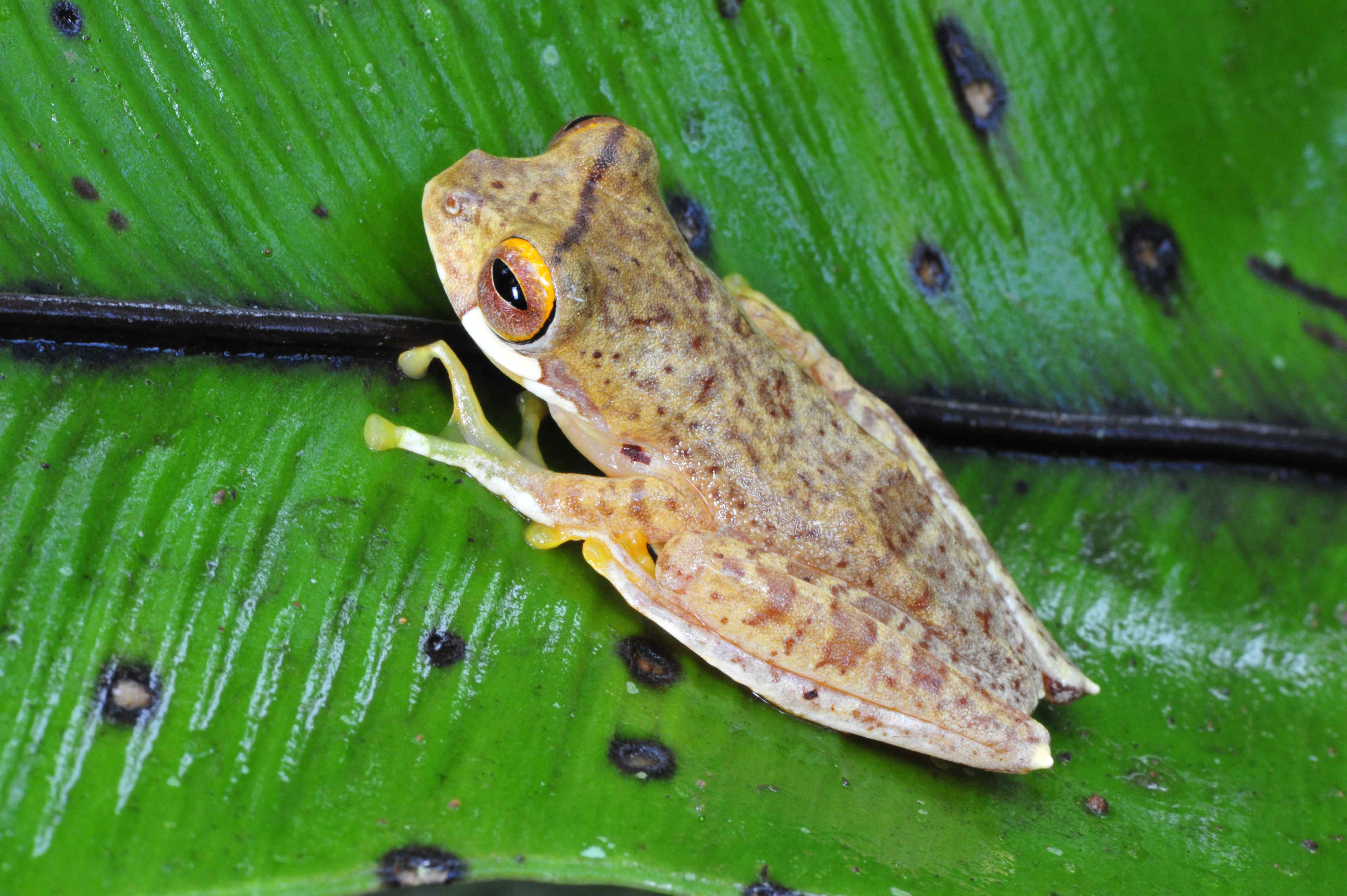Differential Colonization of the Philippines by Two Frog Genera

Researchers want to know more about the evolutionary history and achieve a greater understanding of the diversity of land vertebrates in the Philippines. Though technological and statistical tools can help with this understanding, other problems have gotten in the way and research has only recently begun to accumulate.
Looking at two species of Old World tree frogs – Rhacophorus bimaculatus and Kurixalus appendiculatus– we predicted that they share a common history of colonization (initial establishment) on the Philippine archipelago and similar evolutionary consequences of species dispersal and isolation, possibly with similar timescales for diversification. Though previous studies suggest these two species came to inhabit the archipelago separately, the distribution patterns of these species leads us to believe they have closely associated histories of colonization.
Both of the frog lineages we analyzed clearly entered the Philippine archipelago through the Zamboanga Peninsula, but our results show that the two frogs entered the Philippines at significantly different times. The idea that these frogs colonized the archipelago one island after another in a linear fashion was also rejected.
Our new geographical distribution data provide a greatly expanded understanding of the size of these species’ habitats, and this data could be used to better inform conservation status assessments. We recommend R. bimaculatus be reassigned from the conservation status “Vulnerable” to “Least Concern.” K. appendiculatus may eventually end up being split into multiple species that will receive more serious conservation statuses.
Gonzalez, P., Y.-C. Su, C.D. Siler, A. Barley, A.C. Diesmos, and R.M. Brown. Archipelago colonization by ecologically dissimilar amphibians: evaluation in the expectation of common evolutionary history of geographical diffusion in co-distributed rainforest tree frogs in islands of Southeast Asia. Molecular Phylogenetics and Evolution 72: 35–41. pdf
